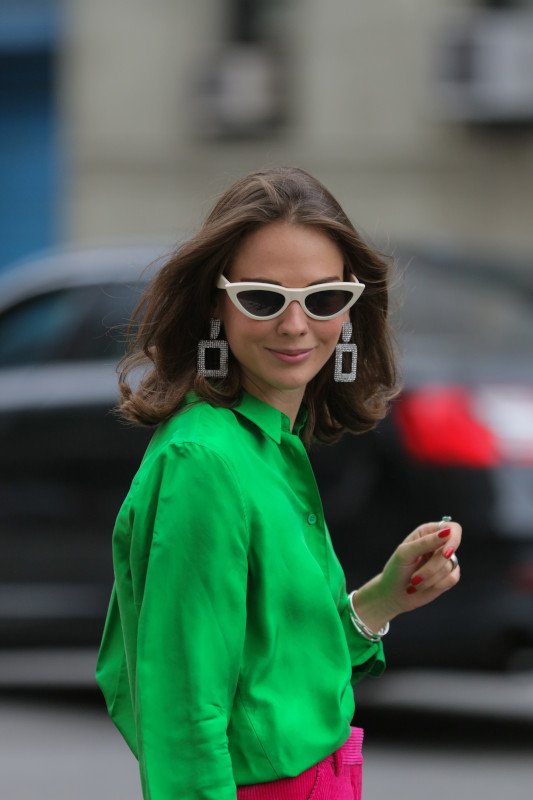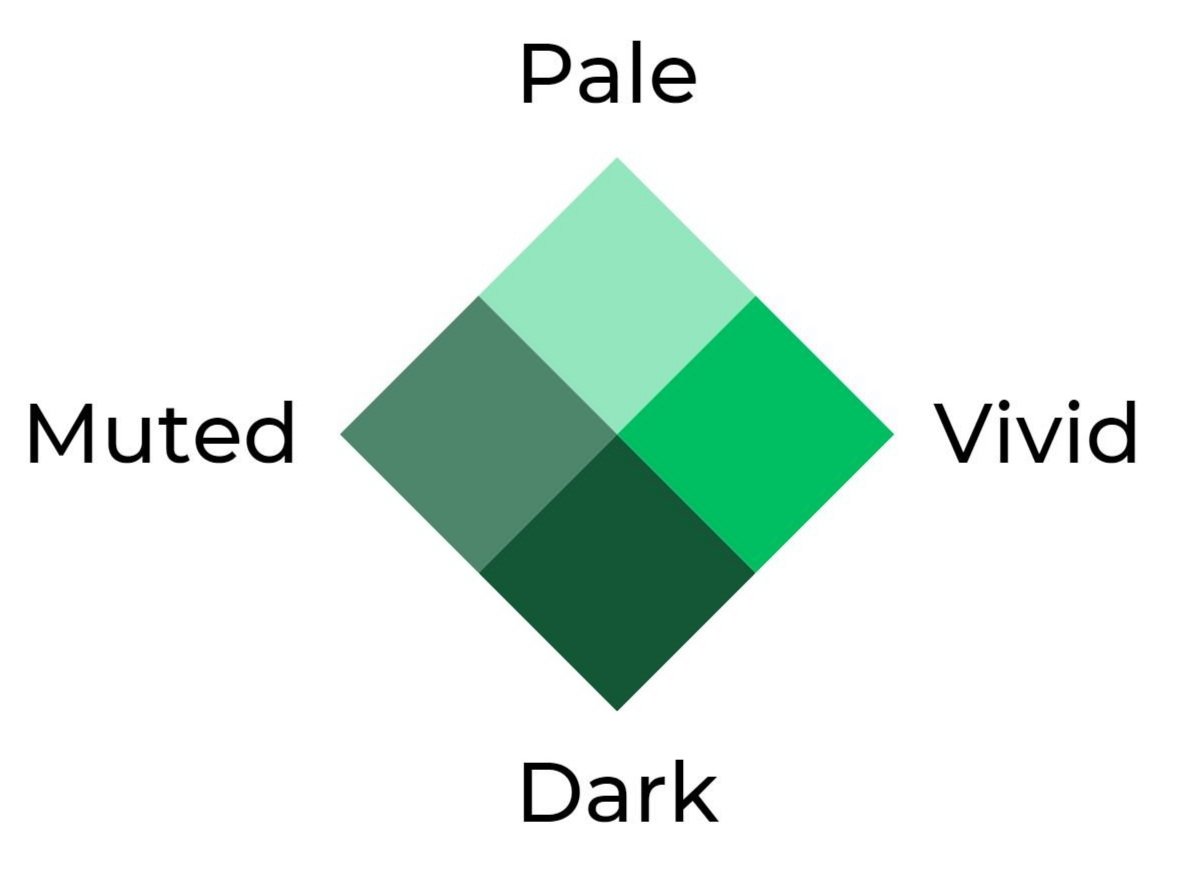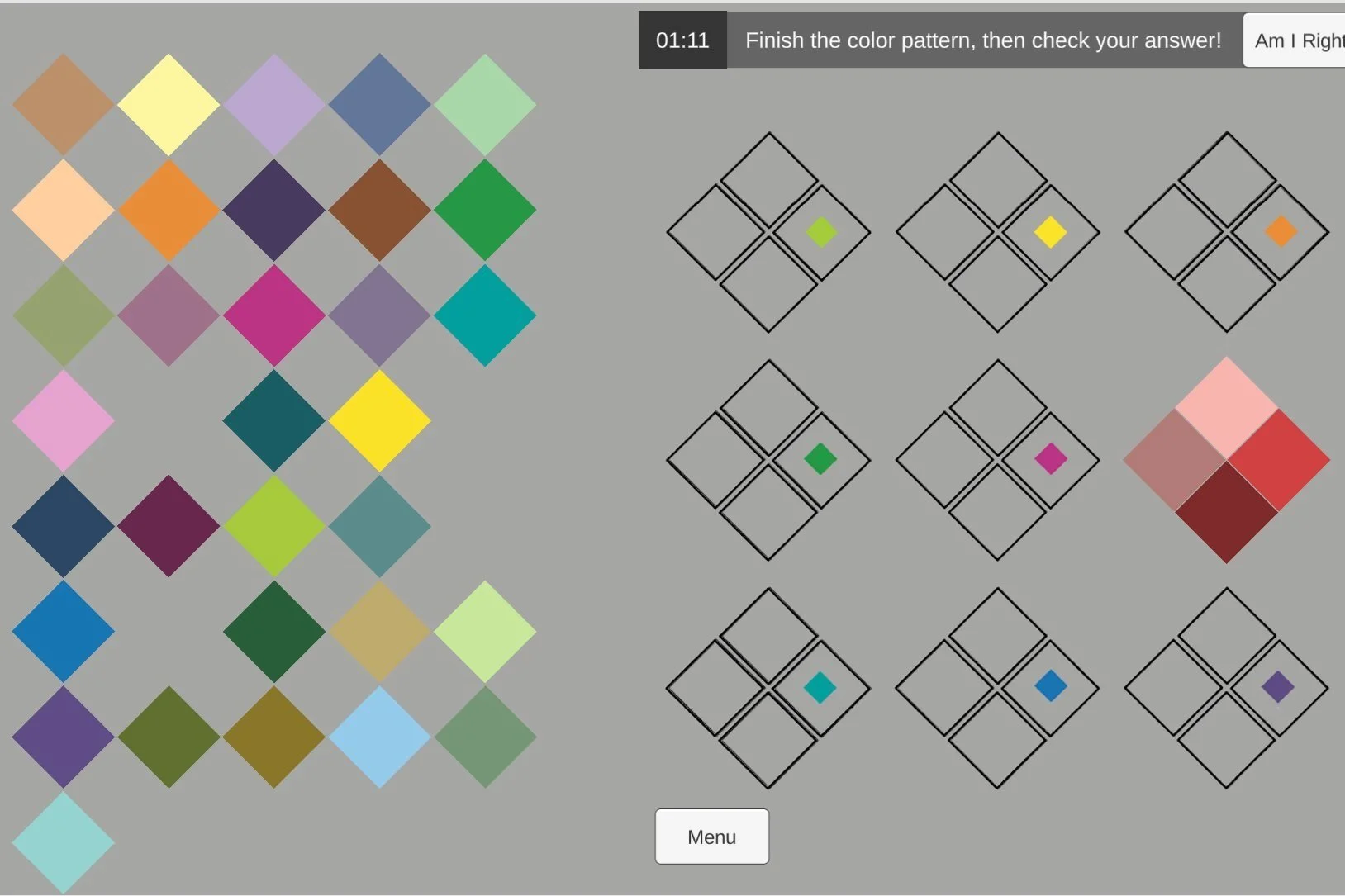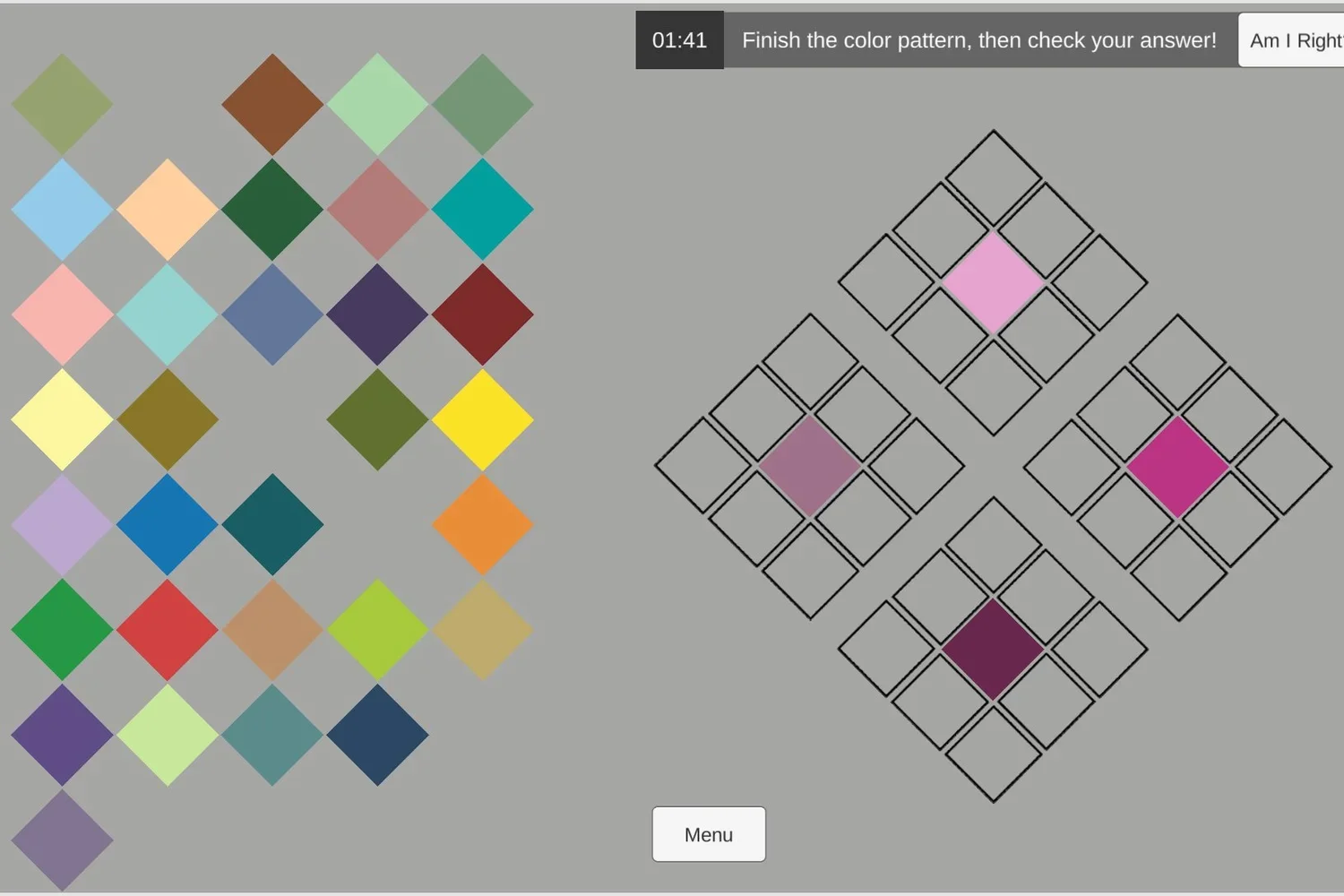We can describe colours by their hue family and character
Many people when asked: “What colour is your new shirt?” will reply “Green!” (if it is a green shirt…)
But what kind of green? Dark green? Pale green? Mint-green? Olive-green?
Describing your shirt only as green does not give the full colour story.
Naming colours
How do we decide how to name colours? And which colours have names? We can see millions of colours, yet only a handful are named in any language.
In English, there are eleven Basic Colour Terms: black, white, red, blue, yellow, green, orange, pink, purple, brown and grey. Other languages can have fewer or more colour terms. Russian has twelve colour terms, with two words for blue: light blue (голубой, goluboy) and dark blue (синий, siniy). These colour terms represent the names of colours commonly taught to children, and become a fundamental framework for how we describe colours in our everyday lives, although sometimes the limited terminology of these eleven colour terms can restrict our experience of colours.
We encourage you to expand your ways of describing colours with all their variations as discussed below, and notice the richness of colour in our daily lives.
Colour characters
Colour characters.
When we describe colours, we often only use simple, single words like green or red or blue, which are examples of hues. We may try to further describe colours by referring to commonly known objects (like olive-green or emerald-green). Colour appearances are complex and have many characters, like pale, dark, muted or vivid. We can use these character descriptions to better describe a colour, compared to only describing its hue.
Colour neighbours
Image from colorsystem
We can also describe a colour by relating it to a neighbouring colour. The scientist Ewald Hering looked carefully at colour’s visual properties, and established four reference colours: Red, Green, Blue and Yellow. Other colours we see can be described or related to these four as reddish, bluish, greenish etc. For example, some greens in the lower hue circle may be described as yellowish-greens, (on the left of the reference green in the image), while others may be described as bluish-greens (on the right of the reference green in the image).
Hue families
Green hue family.
A hue circle combined with the colour characters provides a more comprehensive way of describing the colours we see, compared to only describing a colour by its hue. A hue family is a collection of colours with various characters, all having the same hue. A green hue family is shown.
Colour attributes
Examples of hue families.
To completely and best describe a colour, we need to specify all of the colour’s attributes. The simplest way is to describe the hue family and character. Other colour organizing systems use various colour attributes to fully describe a colour. For example:
its hue (like green or red or blue or magenta)
its lightness/value (which is a measure of how pale or dark a colour appears)
its chroma (which relates to how vivid or muted a colour appears)
Try this!
The above exercises use the CHROMO Sorting Set, developed by J. Siphos for the Colour Literacy Project. This online tool is helpful for students to understand the various colour attributes. Directions for using CHROMO can be found in the Free Sort exercise, and a brief introduction may be found here.

















